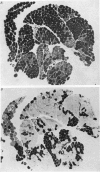Abstract
1. The axonal conduction velocity and the voluntary discharge properties of 120 short toe extensor motor units were studied in man. 2. Electromyographic techniques were used which permitted the identification of individual motor unit potentials after proximal and distal electrical nerve stimulation and during maximum voluntary effort. 3. The necessary selectivity of the e.m.g. recordings was achieved in two circumstances. In some subjects, previous motor nerve lesions distal to the point of stimulation had led to collateral sprouting with larger motor unit potentials. In other subjects an accessory deep peroneal nerve was present, so that lidocaine block of the main motor nerve left a small number of innervated motor units. 4. The axonal conduction velocities of the individual motor units ranged from 30 to 54 m/sec with most motor units between 35 and 45 m/sec. 5. Motor units which voluntarily could be driven continuously at frequencies below 10/sec had axonal conduction velocities between 30 and 45 m/sec. 6. Motor units which on voluntary drive responded only in high frequency bursts had axonal conduction velocities between 40 and 54 m/sec. 7. Motor units with intermediate voluntary discharge properties had intermediate axonal conduction velocities. 8. Thus a relationship was established between voluntary discharge properties and axonal conduction velocity.
Full text
PDF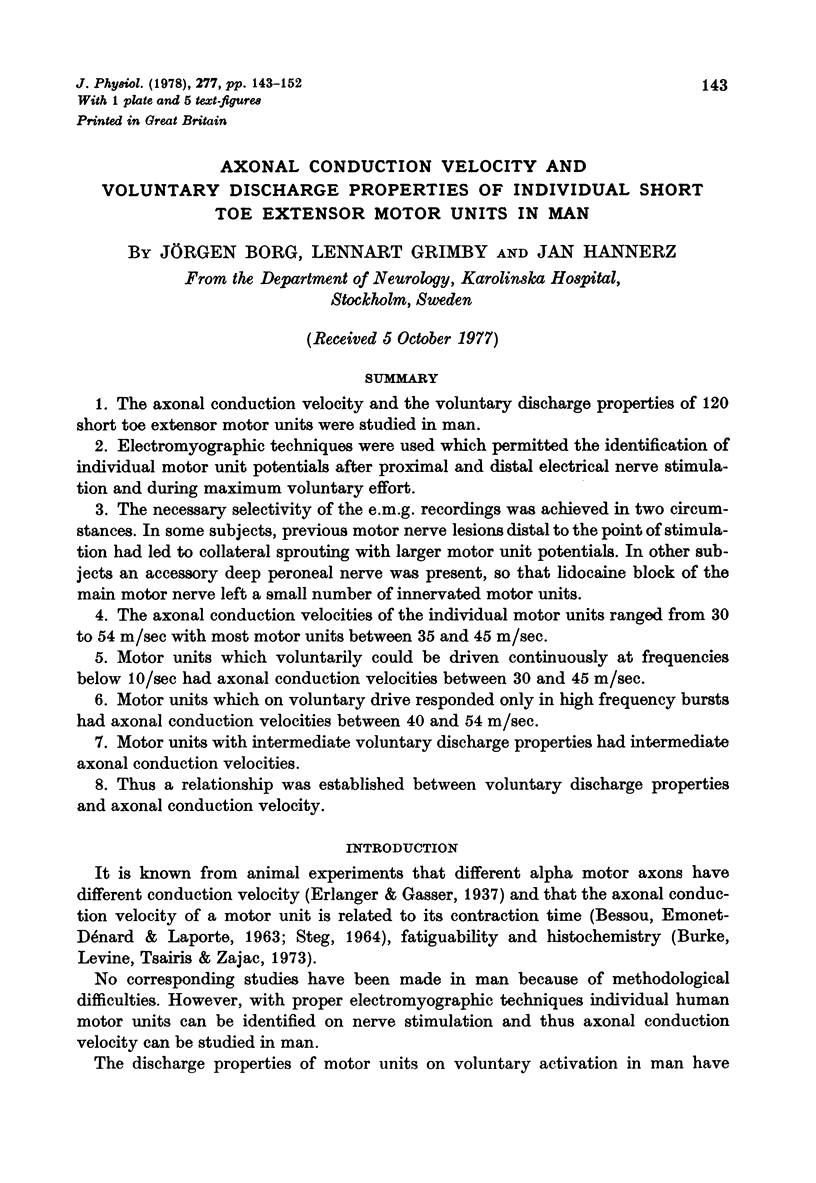
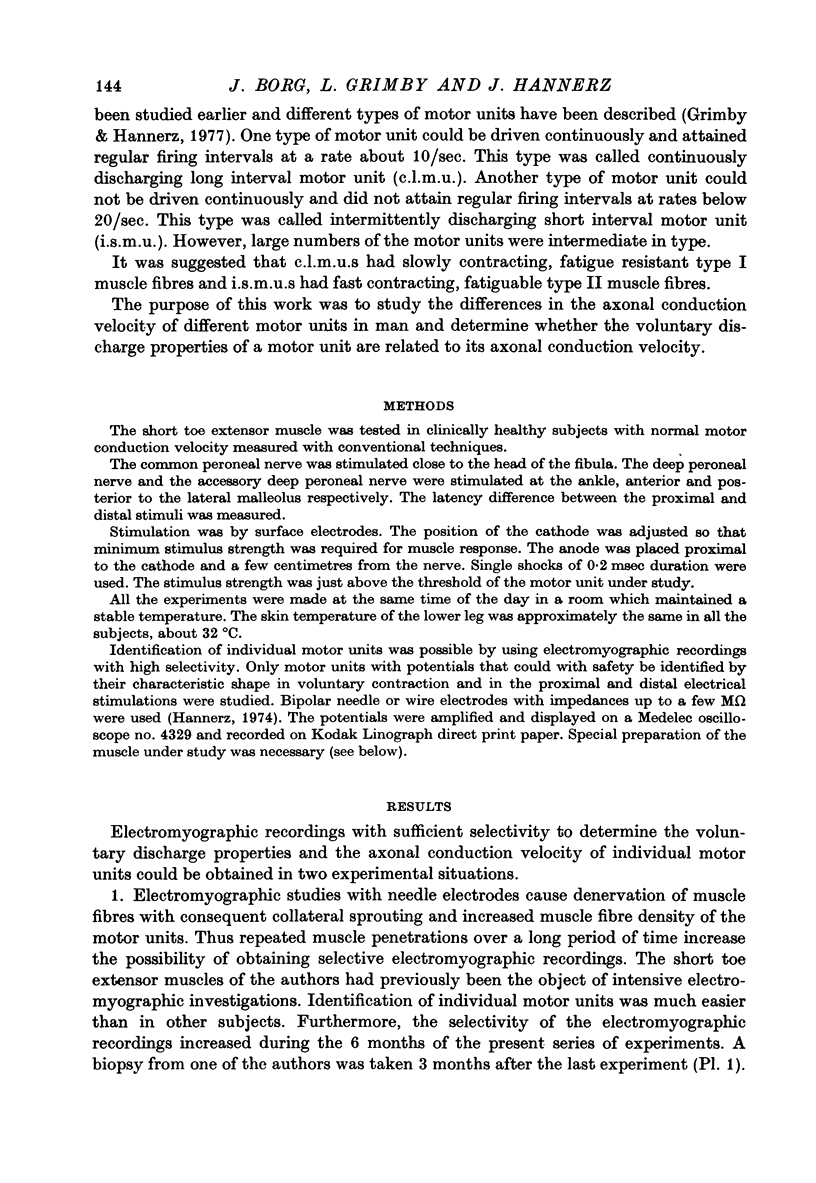
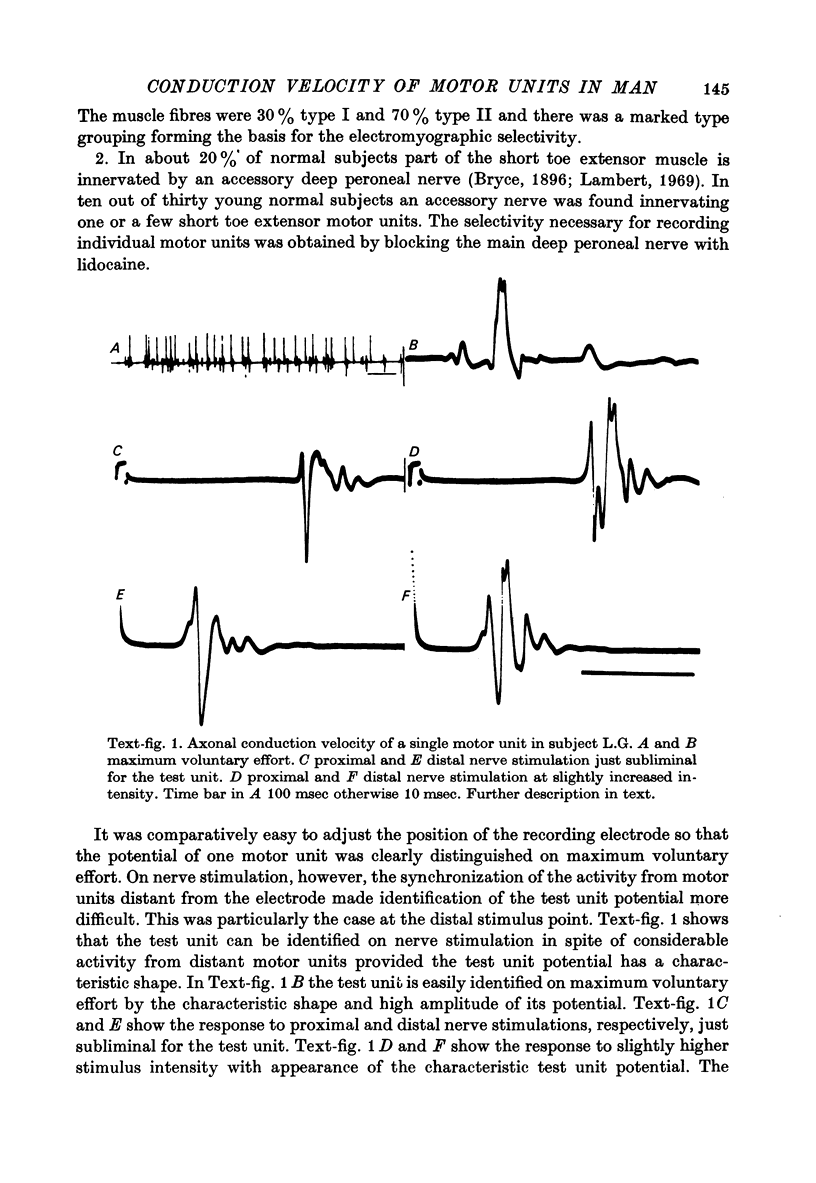
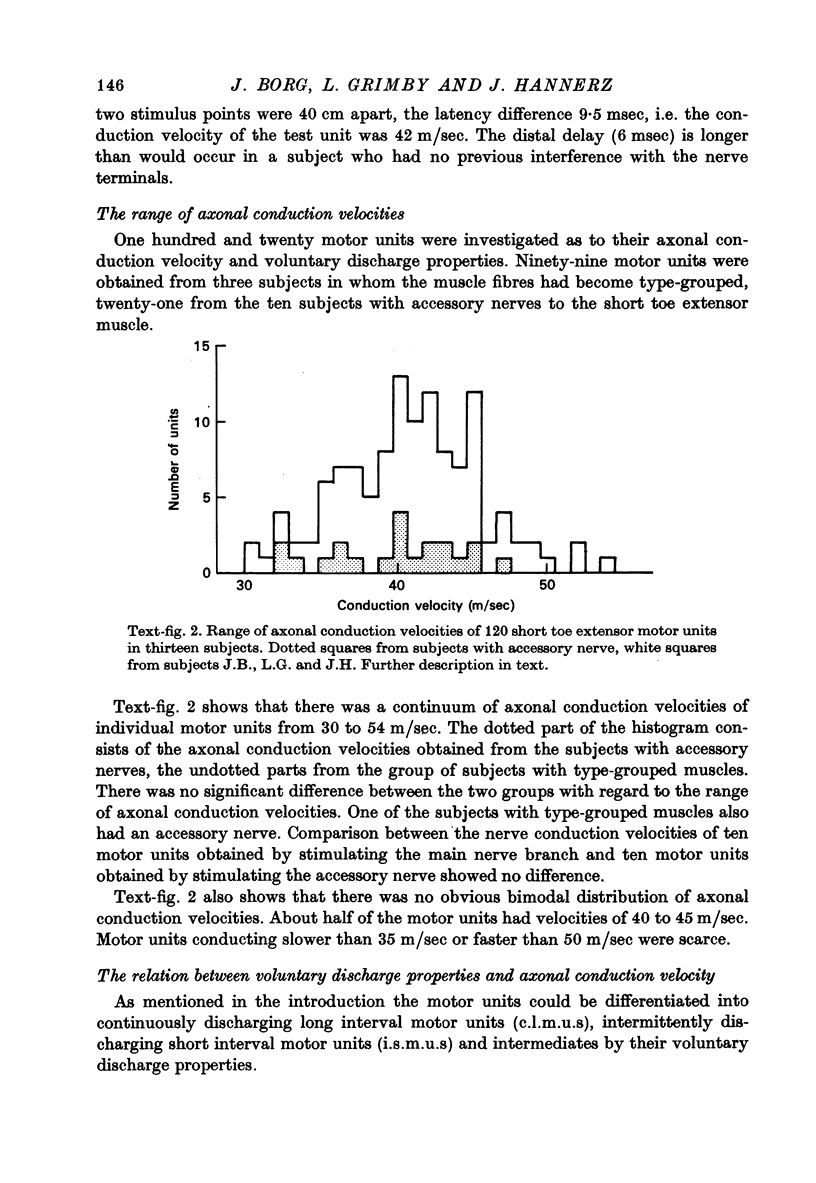

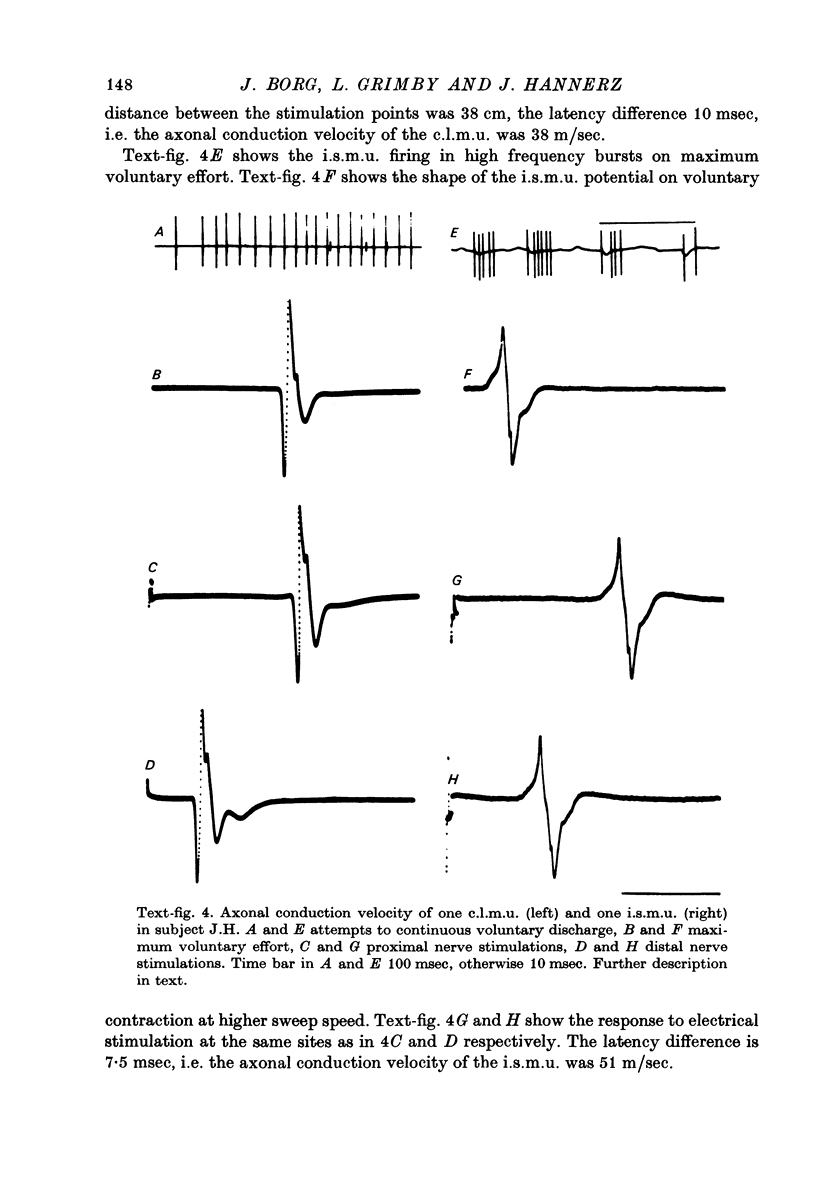
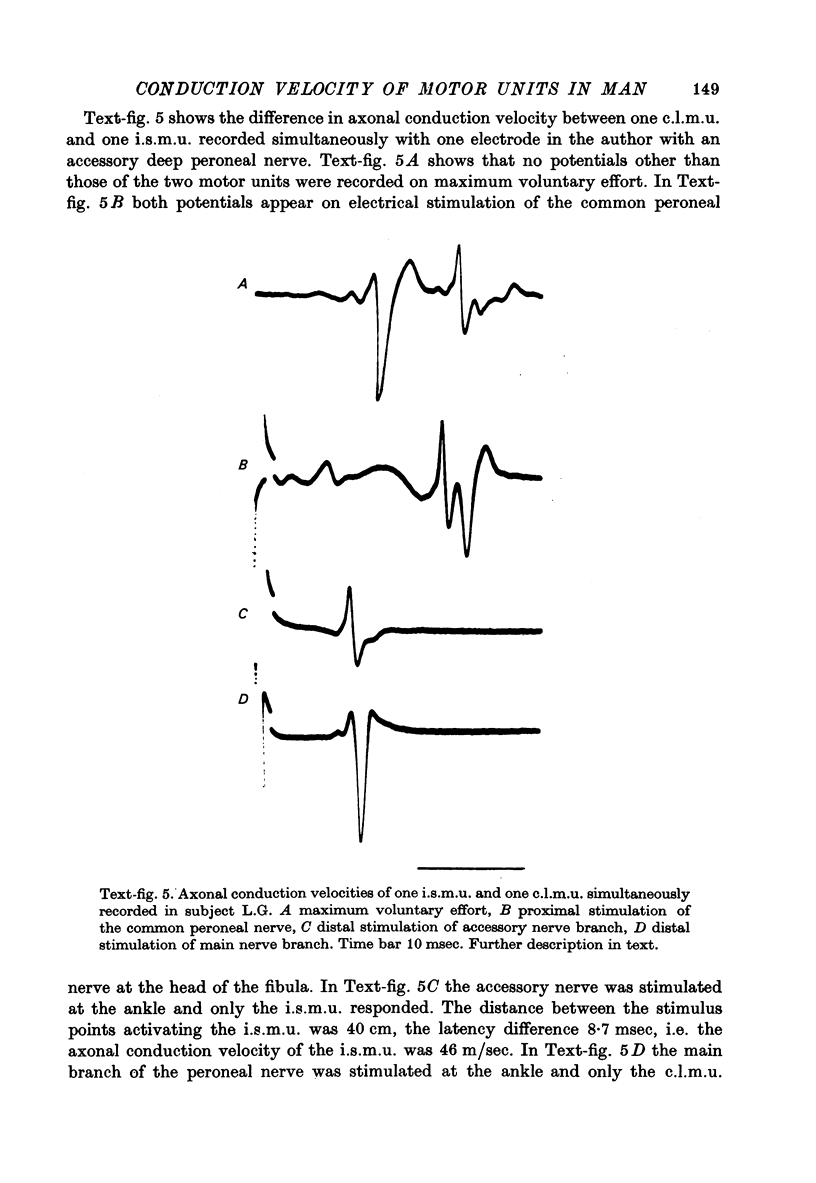
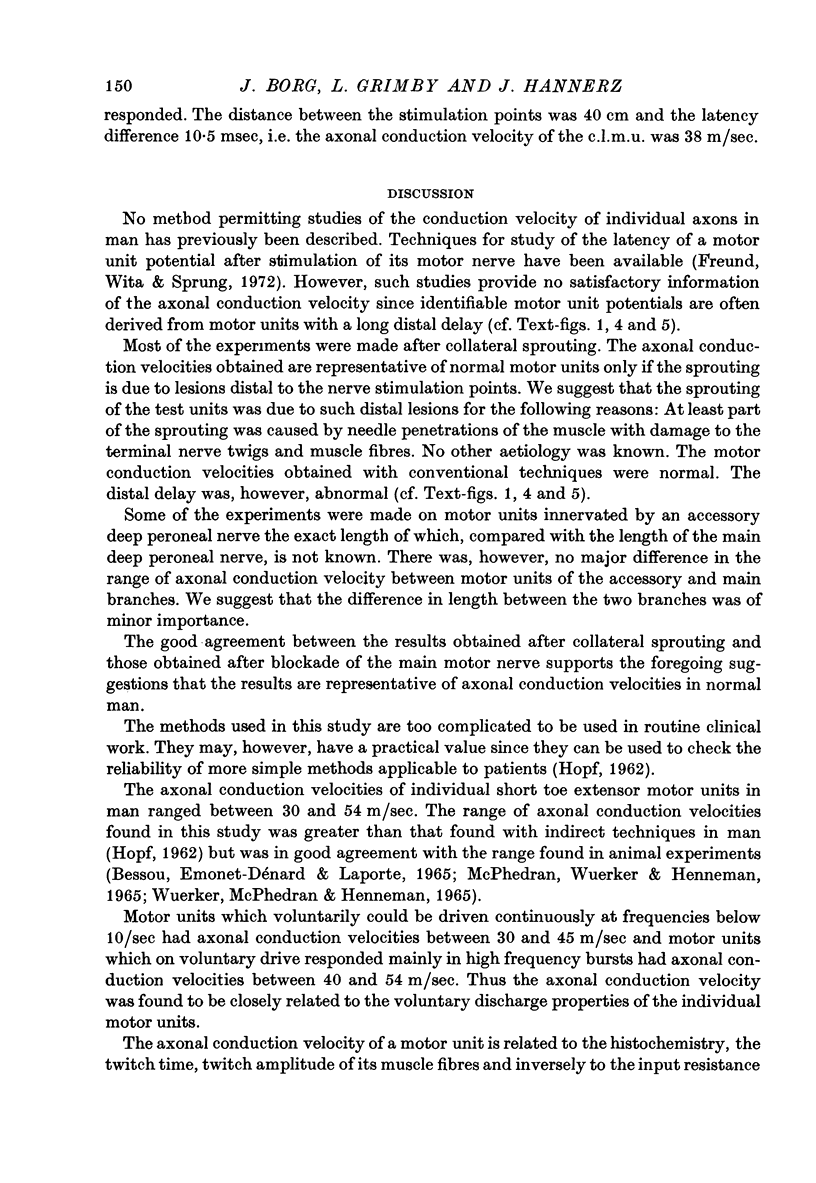

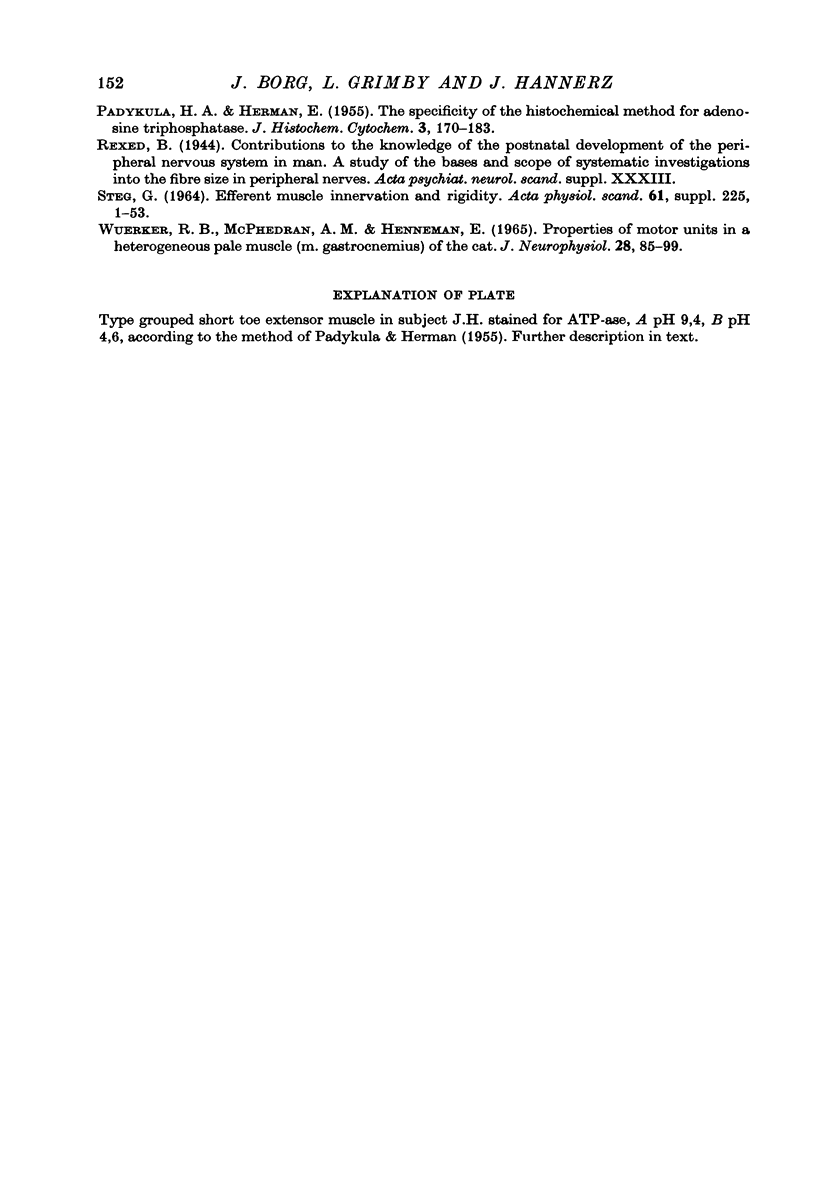
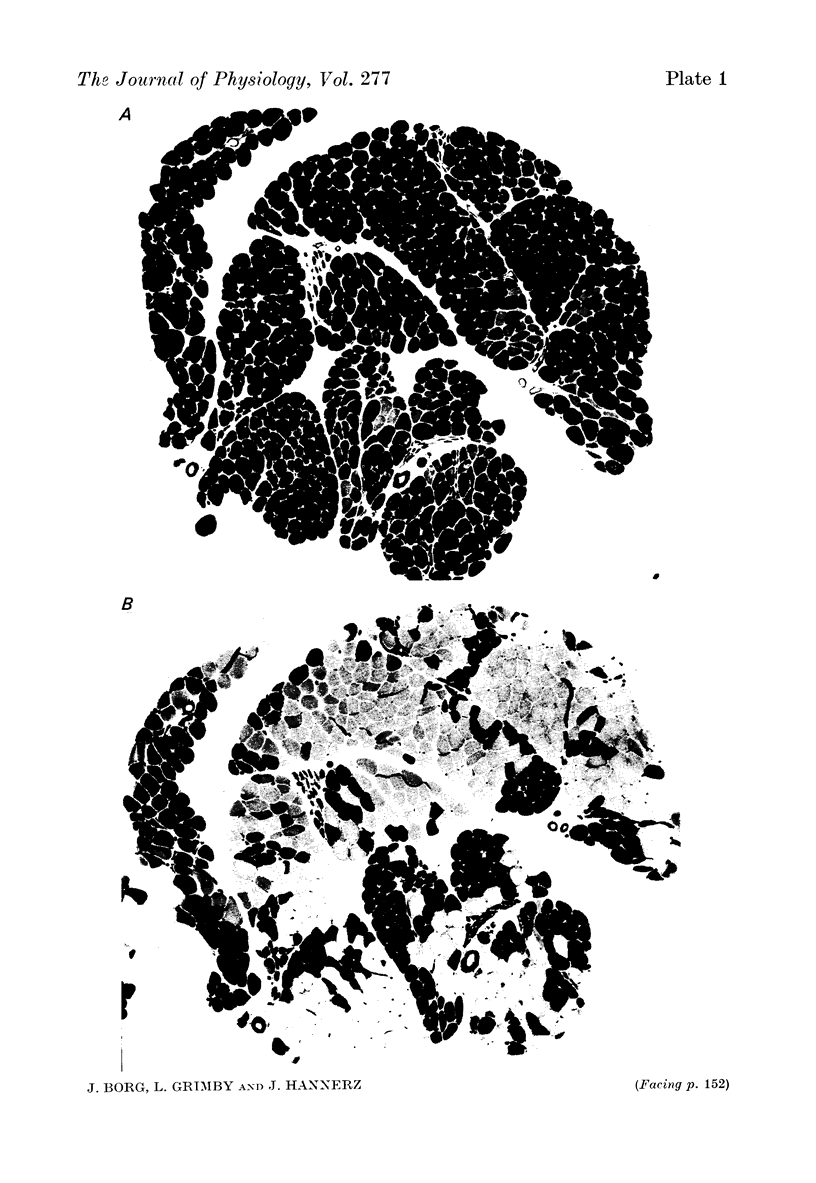
Images in this article
Selected References
These references are in PubMed. This may not be the complete list of references from this article.
- BESSOU P., EMONET-DENAND F., LAPORTE Y. [Relation between the conduction rate of motor nerve fibers and the contraction time of their motor units]. C R Hebd Seances Acad Sci. 1963 Jun 24;256:5625–5627. [PubMed] [Google Scholar]
- Bessou P., Emonet-Dénand F., Laporte Y. Motor fibres innervating extrafusal and intrafusal muscle fibres in the cat. J Physiol. 1965 Oct;180(3):649–672. doi: 10.1113/jphysiol.1965.sp007722. [DOI] [PMC free article] [PubMed] [Google Scholar]
- Burke R. E., Levine D. N., Tsairis P., Zajac F. E., 3rd Physiological types and histochemical profiles in motor units of the cat gastrocnemius. J Physiol. 1973 Nov;234(3):723–748. doi: 10.1113/jphysiol.1973.sp010369. [DOI] [PMC free article] [PubMed] [Google Scholar]
- Burke R. E. Motor unit types of cat triceps surae muscle. J Physiol. 1967 Nov;193(1):141–160. doi: 10.1113/jphysiol.1967.sp008348. [DOI] [PMC free article] [PubMed] [Google Scholar]
- Grimby L., Hannerz J. Firing rate and recruitment order of toe extensor motor units in different modes of voluntary conraction. J Physiol. 1977 Jan;264(3):865–879. doi: 10.1113/jphysiol.1977.sp011699. [DOI] [PMC free article] [PubMed] [Google Scholar]
- Hannerz J. Discharge properties of motor units in relation to recruitment order in voluntary contraction. Acta Physiol Scand. 1974 Jul;91(3):374–385. doi: 10.1111/j.1748-1716.1974.tb05692.x. [DOI] [PubMed] [Google Scholar]
- Lambert E. H. The accessory deep peroneal nerve. A common variation in innervation of extensor digitorum brevis. Neurology. 1969 Dec;19(12):1169–1176. doi: 10.1212/wnl.19.12.1169. [DOI] [PubMed] [Google Scholar]
- MCPHEDRAN A. M., WUERKER R. B., HENNEMAN E. PROPERTIES OF MOTOR UNITS IN A HETEROGENEOUS PALE MUSCLE (M. GASTROCNEMIUS) OF THE CAT. J Neurophysiol. 1965 Jan;28:85–99. doi: 10.1152/jn.1965.28.1.85. [DOI] [PubMed] [Google Scholar]
- MCPHEDRAN A. M., WUERKER R. B., HENNEMAN E. PROPERTIES OF MOTOR UNITS IN A HOMOGENEOUS RED MUSCLE (SOLEUS) OF THE CAT. J Neurophysiol. 1965 Jan;28:71–84. doi: 10.1152/jn.1965.28.1.71. [DOI] [PubMed] [Google Scholar]
- PADYKULA H. A., HERMAN E. The specificity of the histochemical method for adenosine triphosphatase. J Histochem Cytochem. 1955 May;3(3):170–195. doi: 10.1177/3.3.170. [DOI] [PubMed] [Google Scholar]



